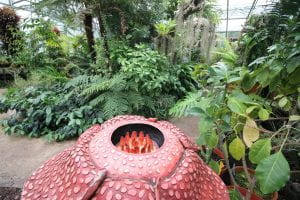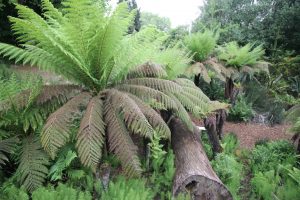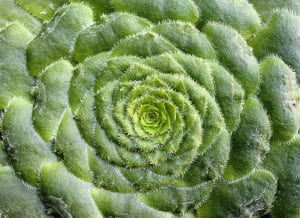Parasites of the plant world
By Andy Winfield

The plant world is vast, so many habitats and landscapes colonised, synching with weather patterns and animal habits to reproduce and feed from light, water and soil to stay alive. All the while, in all these biomes, there exist plants that live on other plants; extracting the hard-earned food for themselves. (more…)
Our Green Planet
By Andy Winfield

I may be biased, but plants are amazing! They tell us all we need to know, they feed us and can make us feel better in the mind and body, they can clothe us, make us warm and cool us down; they were here a long time before us and they’ll no doubt be here a long time after us. Plants are everywhere with thousands of stories to tell, the planet’s true survivors adapting to everything thrown at them; we could live to be three hundred years old and still discover new and bewildering ways that plants have found to exist. They are the dominant life form on earth making up 83% of all biomass; without them we are nothing, they literally give us the air that we breathe. (more…)
Nature repeating itself
By Andy Winfield
 It was Georgia O’Keefe who said, ‘When you take a flower in your hand and really look at it, it’s your world for the moment’. It’s worth doing this, nature is captivating close up; perfectly packaged and clinically efficient, each flower has an adapted shape and look gleaned over hundreds of thousands of years for maximum productivity. This economy of engineering uses patterns and shapes that are repeated again and again throughout the natural world and dotted all around the Botanic Garden. (more…)
It was Georgia O’Keefe who said, ‘When you take a flower in your hand and really look at it, it’s your world for the moment’. It’s worth doing this, nature is captivating close up; perfectly packaged and clinically efficient, each flower has an adapted shape and look gleaned over hundreds of thousands of years for maximum productivity. This economy of engineering uses patterns and shapes that are repeated again and again throughout the natural world and dotted all around the Botanic Garden. (more…)

